#Pagan
Text
Today's Take
The idea that:
practicing witchcraft
putting up protection spells
not putting up protection spells
communicating with spirits in any capacity
makes you:
more visible
more vulnerable
more prone
to:
potential attack
intrusion by baneful magics
malicious practitioners
evil spirits
demons
is an idea:
rooted in cultural religious bias
heavily influenced by pop culture
born of rhetoric meant to warn people away from witchcraft
This is a list of concurrent points, not an either/or or a multiple choice selection.
Discuss.
343 notes
·
View notes
Text
Devotional acts? Nah bro, im doing emotional acts.
Crying over how much I love my gf as an emotional act to Aphrodite
Rapid messaging my friends about my many interests as an emotional act to Hermes
Letting myself laugh a little when I’m singing as an emotional act to Apollon
#helpol#paganblr#paganism#hellenic pagan#pagan#hellenic polytheism#hermes devotee#gay pagan#hermes deity#baby pagan#devotional acts#emotional acts#hermes devotion#hermes worship#apollon deity#apollo devotion#apollon worship#apollo worship#apollo deity#aphrodite devotion#aphrodite deity#aphrodite worship#hellenic devotion#hellenic worship#hellenic polythiest#hellenic deities#hellenic polytheistic#hellenic paganism#hellenism#witchblur
141 notes
·
View notes
Text
#tokyo 2020#error sans#ladybug and chat noir#goth girl#duke thomas#life is strange 2#astro#Naruto Uzumaki#batwoman#seo#letterkenny#pagan#Interview with the Vampire
121 notes
·
View notes
Text
Hypnos Prayer Masterpost
will update over time
Prayer to Hypnos for Good Memory
Sophocles Prayer to Hypnos
Prayer for a Partner to have Good Sleep
Prayer for Good Sleep
Prayer to Hypnos for Headspace Clarity
Sleep Well-prayer to Hypnos
Hypnos Invocation
Prayer to Hypnos for Peaceful Sleep for Palestinians
Prayer for Good Dreams
Ancient Prayers and Hymns to Hypnos
Orphic Hymn to Hypnos
#hypnos worship#hypnos deity#hellenic polytheism#hellenic deities#pagan#deity worship#hellenic pagan#helpol#hypnos devotee#hypnos devotion#hellenism#hellenic#prayer#hellenic prayer
58 notes
·
View notes
Text
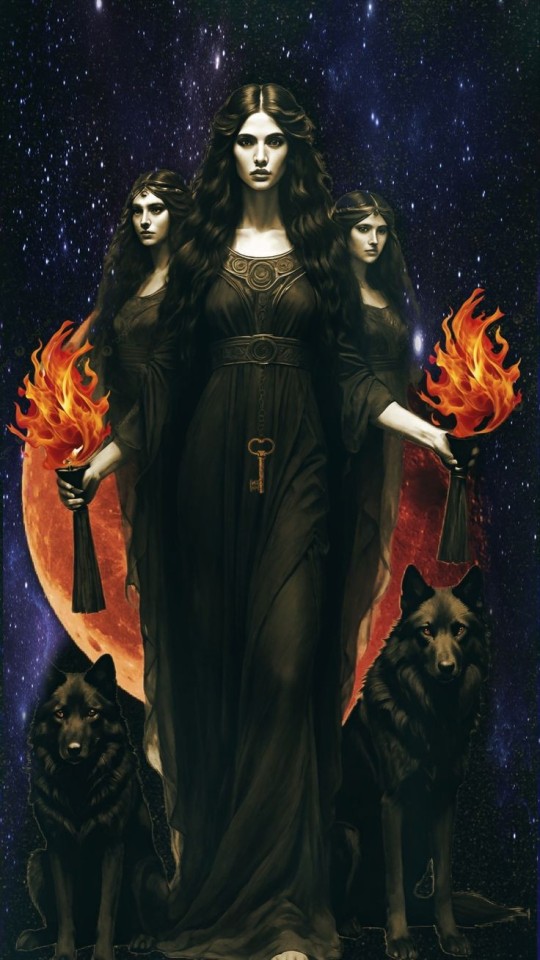
Hekáte, on this Your Full Moon, we rejoice in Your blessings. Mother we thank You for a new cycle and all that it will bring. Goddess Hekáte, Queen of the Moon, let offerings be made in Your name!
#hecate#devotion#pagan#goddess#heal me#healing#gratitude#thankful#paganblr#witchblr#hekáte#hekate#witches#pagan witch#witchcraft
54 notes
·
View notes
Text

Rūdolfs Priede "Senču Cīņa" ("Battle of the Ancestors") from the collection funds of the Liepāja Museum
#Latvia#Latvian art#whimsipagan#baltic#baltics#paganism#pagan#idk what leaves me speechless more: the cat hat or the metal tiddies
45 notes
·
View notes
Text
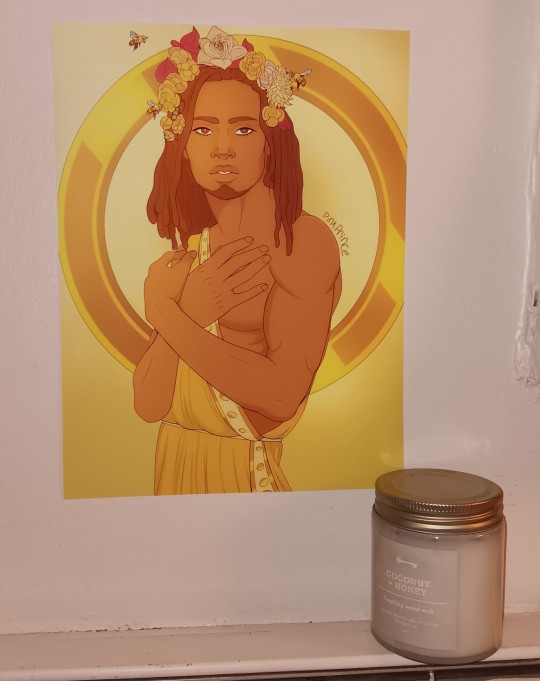
I finally put up my art print of Aristaios (god of beekeeping, but also SO MANY other "rural arts") and I feel so much peace looking at it 🥺 I love him a lot, he deserves this incredible art ^-^
#eat cheese save the bees#pagan#paganism#hellenic pagan#hellenic paganism#hellenic polytheism#hellenic polytheist#polytheist#polytheism#helpol#aristaios#aristaeus#greek god#greek pagan#theoi#theoi worship#pagan icons#hellenic iconography#altar#?#kinda
46 notes
·
View notes
Text
When I approached Ra I was apprehensive. I don’t like the idea of supremacy. I don’t jive with the concept of kingship, and my past relationship with Christianity has made me shy away from all things “Father God”. I like the freedom of choice and self discovery that I’ve found in entities like Lucifer.
But Ra is helping me heal, and in him I’m starting to find that the divine masculine isn’t so scary after all. I thought because of his nobility and position as a king, he would be harsh and picky, but he’s starting to help me understand what it really means to be a God of kings. It doesn’t mean being served and obeyed just because you should, it means being such a great and supportive leader that people want to follow you. And as a father, a good father, Ra never raises his voice at his children. He gives them the best advice because he wants them to succeed. I didn’t feel like I “owed” him respect. I just wanted to, I wanted to be around him and learn from him. I wanted to trust in his leadership and I wanted to make him proud. That’s very new for me. Having grown up without a father, I’ve never understood what that feels like.
Ra reminds me of the beauty and strength of powerful men. Men who protect and lead and encourage, men who nurture. Men who use their strength to create rather than destroy. Men who are honest and know how to love.
Ra is warm (of course) and incredibly, indescribably powerful, but also so soft. So gentle. And lively, cheerful. A smiling God. He doesn’t need to be stern and cold to summon those feelings of immense respect and honour of being in his presence. He laughs and he accepts offerings with such appreciation.
Today I gave him an offering of bread with some peanut butter and water. It’s the first one I’ve ever given. And I was overwhelmed with this feeling of him being pleasantly surprised by the peanut butter. As if he was saying “oh! Bread AND peanut butter! This is a treat!”
And something about that made me feel particularly softened. You’re the king of the Gods, the blazing burning Sun that gives all life to Earth, and yet you’re pleasantly surprised by a little peanut butter. Lol.
Today was the first time I called upon Ra for protection. I did a modified banishment of the Hexagram and called to him in his many faces, along with Horus cleanse my space and aura. I’ve never felt so confident in a protection ritual. The pure blazing energy of the sun sanitizes everything it touches. As I hummed each syllable of his holy names I felt him smiling on me. He seems to like singing and humming a lot. It was the first time I’ve ever felt right ending a prayer with “Amen”.
I could feel Mother Isis looking on us too, she seemed relieved that I’ve finally found them. Something about all this feels like coming home.
☀️
#witchcraft#magick#occultism#pagan#paganism#witch community#demonology#witch aesthetic#witchblr#grimoire#kemetic paganism#eclectic pagan#deity work#deity worship#deity witchcraft#ra#ra deity#atum ra#horus#ancient egypt
41 notes
·
View notes
Note
Hello! Could you make an altar guide for Goddess Nyx? And without wanting to bother you too much, Nyx is a Hellenic deity??
Just curious, I'm new to this and I wanted to know if I'm Hellenic for worshiping the Goddess Nyx.
Thanks for your attention
– Mel
Nyx is definitely considered a hellenic deity, and she plays a not-so-insignificant role in the Greek origin story. You don't have to consider yourself a Hellenic pagan if you don't want to though, it's up to you. There's really nothing special you have to do either way.
NYX
Colors: black, dark blue, purple for association with the night, anything galaxy patterned
Offerings: blackberries, blueberries, plum, dew (morning is fine but after sunset is best), dark feathers, dark chocolate, night-blooming flowers (like moonflower or wisteria), black tea/coffee, mugwort
Crystals: obsidian, black tourmaline, labradorite, moonstone (especially black moonstone), selenite, lapis lazuli, amethyst, smokey quartz
Animals: owl
also, she is associated with symbols of keys and veils/cloaks, so during your practice you might look into veiling (highly recommend if you're neurodivergent too!)
#pagan#paganism#polytheist#witchblr#witchcraft#polytheism#witch#magic#magick#divination#hellenic paganism#hellenic polythiest#hellenic deities#hellenic pagan#hellenism#hellenic polytheism#nyx#hellenic gods#greek gods#gods#greek pantheon#hellenic pantheon
39 notes
·
View notes
Text
Thanks to tumblr culture, the temples built to apollo two hundred years from now will use a red orb as his symbol.
48 notes
·
View notes
Text
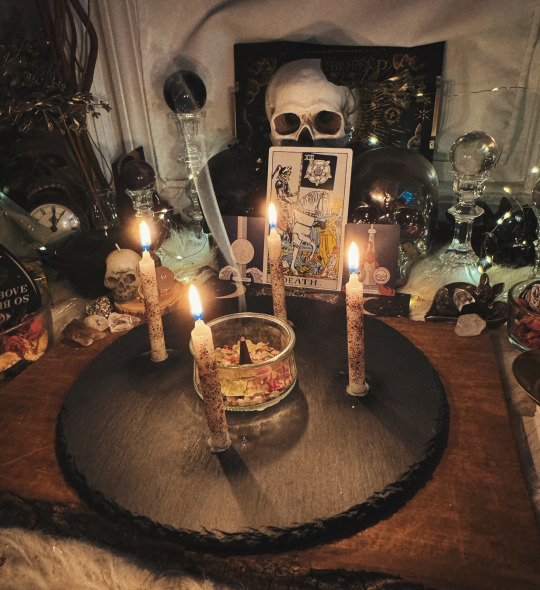
Full moon in Scorpio ♏️🌕✨
#witch#magick#witchcraft#witchblr#witches#pagan#witch community#tarot#tarotblr#witch life#full moon magick#full moon ritual
36 notes
·
View notes
Text





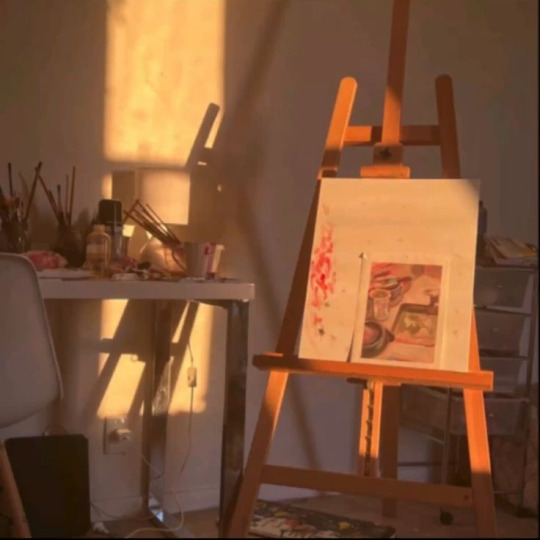


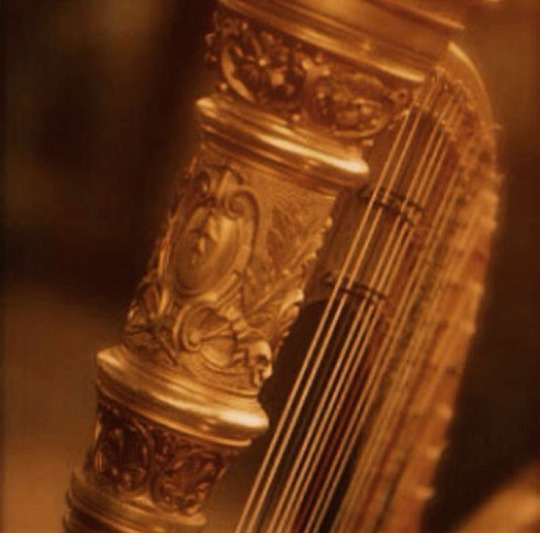
Khaire, Apollo Musagetes! Patron of the arts, son of the heavenly Zeus and the gentle-natured Leto, with the works of art I have dedicated to you, grant me the inspiration to create more in your name. Guide my hand across the canvas and allow your golden beauty to be reflected in the sight. I pray to you for the gift of the arts to be enjoyed and celebrated, to have my work spoken with reverence. Warm-hearted and gifted Phoebus, hear my prayer and look kindly upon me and know how I praise and honor you so.
#apollo worship#apollon deity#lord apollo#hellenic pagan#deity worship#paganism#hellenic polytheism#pagan#helpol#hellenic deities#apollo deity#hellenic worship
31 notes
·
View notes
Text
Im bad at witchcraft can i pls just be someone’s familiar
#paganblr#paganism#pagan#hellenic pagan#witchblur#witchblr#pagan witch#witchcraft#witch community#green witch#witchy#pagan wicca#pagans of tumblr#pagan community#familiar#baby pagan
43 notes
·
View notes
Text

Bean-Sidhe
#valravn#illustration#pagan#witchcraft#horror#plague mask#crow mask#raven mask#raven#crow#vikcleonaturin
51 notes
·
View notes
Text
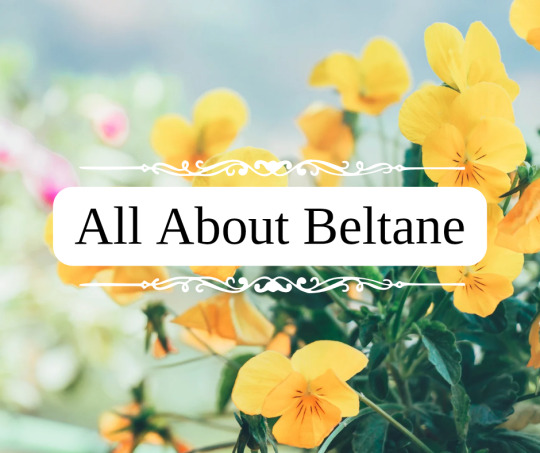
All About Beltane
Beltane, also known as Bealtaine in Irish, is a Gaelic holiday traditionally held on May 1st or the halfway point between the spring equinox and the summer solstice. It is believed to be named after the Celtic sun god Belenus. It was widely observed in Ireland, Scotland, and the Isle Of Man, and is one of the 4 major Celtic fire festivals. It is mentioned in even the earliest Irish literature and marked the beginning of summer and used as the marker to drive cattle into their summer pastures. Although public celebrations have mostly fallen out after the 20th century and many traditions have been mixed with other cultural holidays (such as the Roman holiday May Day), many Celtic Neopagans and Wiccans still celebrate, and many local traditions still continue, causing it to now get a cultural revival.
Traditionally, rituals were held to protect the livestock that moved pastures, along with crops, dairy products, and people, and to encourage growth. It was also important to appease the Aos Sí, or nature spirits/fairies, which were believed to be more active then.
According to early medieval texts in 908, druids would make two bonfires and drive cattle between them to protect them from disease. In the 18th and 19th centuries, bonfires continued to be an important part of the celebrations. Before the bonfires were lit, all hearth fires were put out, and then relit using the fire from the Beltane bonfires after the celebration.
Continuing into the 19th century, cattle were still driven over or between flames, or sometimes around the fires or made to leap over. The people themselves did as well for good luck and protection. Once the fires died down, people would dab themselves with the ashes and sprinkle them over their crops and livestock. Torches from the bonfires would also be brought home and carried around the home or boundaries, and also used to relight the hearth.
Food was also an important part of the Beltane festival, and usually included a feast of lamb, which, historically, was sacrificed. In 1769, it was written that a hot drink, called a caudle, made of eggs, butter, oatmeal, and milk was served, along with tossing a bit on the ground as an offering. A Beltane Bannock, a type of oatmeal cake, was also written to be important and had a few traditions around it.
In one tradition, the Beltane Bannock had nine knobs on it and each person would take the bannock and face the fire, proceeding to break off the knobs of bannock one at a time and tossing them behind their shoulder as an offering to the spirits for protection over their livestock and from predators (one for the cow, one for the sheep, one for the fox, etc). Afterwards, they would drink the caudle.
According to other 18th century writers, there was another Beltane Bannock tradition where the bannock would be cut into slices and one was marked with charcoal. The slices were then thrown into a bonnet and everyone would take one out while blindfolded. According to one writer, whoever pulled the marked bannock slice had to leap through the fire 3 times. According to another, the person would instead be pretend-thrown into the fire and for some time afterward people would talk about the person as if they were dead. This may have always been symbolic, or it may have been a tradition from a time where actual human sacrifice was used. This tradition was also near identical to May Day traditions that occurred in Wales and other parts of Europe, however.
Other traditions including flowers and plants were also observed, especially ones that evoked fire. Documents from the 19th century cite that yellow and white flowers, such as primrose, rowan, hawthorn, gorse, hazel, and marsh marigold was used and placed at doorways and windows. Sometimes they were strewn into garland, and other times they were made into bouquets, made into crosses, or fastened to them. They were also fastened to cows and milking/butter equipment.
Decorating a May Bush or May Bough was also a widespread tradition, and it usually consisted of a small tree or branch (typically hawthorn, rowan, holly, or sycamore) decorated with bright flowers, ribbons, candles, painted shells or egg shells from Easter, and more. In some traditions they also decorated it with gold and silver May Balls, which were hurling balls, that were then either given out to children or gifted to winners of a hurling match. It was also known as the only acceptable time to cut a thorn tree, as they were associated with fairies and may have also been a relic of worshipping tree spirits. It would either be decorated where it grew, or branches hung over windows, doors, roofs, and barns either inside or outside. Traditionally, it was the responsibility of the eldest of the house to decorate it.
The tree was usually left up until May 31st, but in some traditions it would be burned in the festival bonfire after singing and dancing around it. In Dublin and Belfast, May Bushes were brought into town and decorated by the whole neighborhood, with each neighborhood competing for the most beautiful bush. These competitions could also lead to neighborhoods attempting to steal others May Bushes, which eventually led to the May Bush being outlawed in Victorian times.
Appeasing the fairies was also a big part in Beltane celebrations, with many traditions revolving around offerings to the fairies and also warding them off, as there were many fears around them stealing dairy. One protection tradition was to leave 3 black coals under the butter churn. Another was to hang May Boughs on the milk pails. And yet another was to hang cattle tails in the barns. Flowers were also used to decorate the cattle's horns for good luck.
Farmers would also lead a procession around the boundaries of the farm and would "carry with them seeds of grain, implements of husbandry, the first well water, and the herb vervain (or rowan)", stopping at the four cardinal points of direction starting at the east, and performing rituals towards each direction at each stop. These processions were said to bring protection of their farm produce and encourage fertility. Some people also made the sign of the cross using milk on the backside of cattle for good luck.
As for fairy offerings, one tradition was to pour milk or leave food at places associated with the fairies such as "fairy trees". In Ireland, cattle were brought to "fairy forts" where a small amount of their blood was poured into the earth with prayers of the herd's safety. Sometimes, the blood would be left to dry and then be burnt.
Visiting holy wells was also a popular way to celebrate Beltane. Visitors would walk sunwise, moving from east to west, around the well while praying for health. They would then leave offerings of coins or cloth. The first water drawn from the well on Beltane was thought to be especially potent, and would bring good luck to the person who drew it.
Morning dew on Beltane was also thought to bring goodluck and health, and maidens would wash their face with it or roll in it at dawn or before sunrise on Beltane. It was also collected in a jar, left in sunlight, and then filtered. The dew was said to increase sexual attractiveness, maintain youthfulness, protect from sun damage, and ensure skin health during the ensuing year.
Modern day celebrations may vary from these more traditional festival activities, but many choose to incorporate or take inspiration from the traditions at least. Popular traditions still revolve around bonfires, feasts, decorating a May Bush, and focusing on protection and growth.
Beltane Associations
Colors - yellow, white, red, green
Food - lamb, milk and dairy, beef, bannocks, caudle, cakes
Animals - cattle, sheep, other herd animals
Items - primrose, rowan, hawthorn, gorse, hazel, marsh marigold, holly, sycamore, yellow and white flowers, flower garland, greenery, morning dew, dairy products
Crystals - citrine, fire agate, fire opal, carnelian, red and yellow jasper
Other - protection, fertility, good luck, fire, smoke, ash, sun, bonfires, farming
Ways To Celebrate
light a bonfire
jump over or dance around a bonfire
decorate a May Bush or May Bough
craft and hang flower garland
bake Beltane Bannocks
collect morning dew
create some caudle
ward and protect your home or property
leave offerings for the fairies
focus on protection, growth, and luck magic
enjoy time in the sun
have a feast
create a bouquet out of yellow and white flowers
visit a farm or petting zoo
#beltane#beltaine#bealtaine#celtic#gaelic#irish#scottish#pagan#witch#witchy#wicca#may day#magick#magic#magickal#grimoire#tradition#celebrate#bonfire#fire festival#witchcraft#spiritual#witchblr#witch community#paganism#pagan witch#celtic paganism#paganblr#about#dairy
30 notes
·
View notes
Text
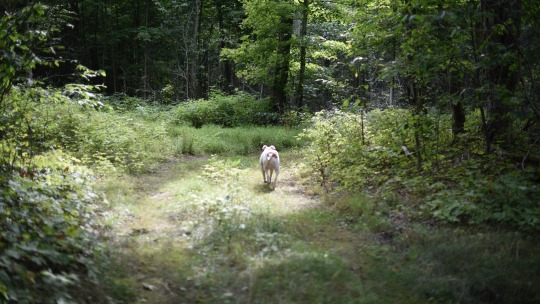
A good girl in the summer of her life
#good doggo#dogs of tumblr#nature#woods#forest#pagan#trees#naturecore#nature photography#photography#photographers on tumblr
35 notes
·
View notes